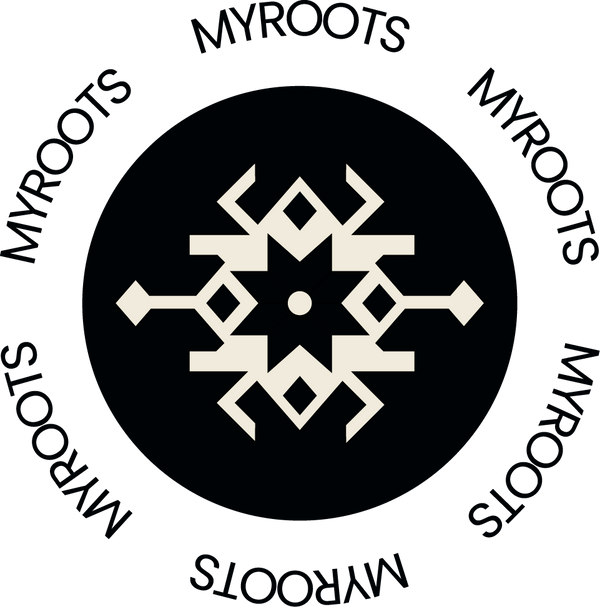
Buta: The Timeless Symbol of Azerbaijani Art and Culture
Share
What is Buta?
Buta is a renowned ornamental motif recognized across Eastern and European decorative arts. With ancient origins and a vast geographical reach, buta is characterized by its elegant, curvilinear patterns, often symbolizing eternity, fire, and natural energy.
The Significance of Buta in Azerbaijani Art
Buta has played a crucial role in Azerbaijani decorative arts for centuries, appearing in architecture, metalwork, jewelry, textiles, embroidery, carpets, and manuscript illumination. Azerbaijan, known as the “Land of Fire,” has naturally embraced buta as a national symbol, reflecting its rich oil and gas reserves. Many historians and scholars suggest that buta’s connection to fire dates back to pre-Islamic Zoroastrian beliefs, further reinforcing its deep cultural and spiritual meaning.
The Symbolism Behind Buta Patterns
The buta motif takes various forms, resembling an almond shape, a water droplet, a flower petal, a peacock, or a flickering flame. Over the centuries, its interpretations have evolved. Some researchers link buta to the peacock, a bird sacred to ancient Turkic tribes, representing fire, the sun, and divine energy. Others trace the word "buta" to the term "butay" in the Avesta, associating it with love, destiny, and fortune. According to historical records, the belief in receiving a buta in dreams was unique to the Turkic Saka people in the 4th century BCE.
Buta in Azerbaijani Carpet Weaving
Buta is a dominant element in Azerbaijani carpet weaving, particularly in designs from:
✔ Quba – “Köhnə Quba”
✔ Shirvan – “Ərciman,” “Sor-Sor,” “Mərəzə,” “Salyan”
✔ Baku – “Xilə Buta”
✔ Ganja – “Qədim Gəncə”
✔ Gazakh – “Qarayazı”
✔ Karabakh – “Aran,” “Şabalıd Buta”
✔ Tabriz – “Sərabi,” “Mir”
These carpets, highly valued for their intricate designs, are prized by collectors and interior designers worldwide.
Buta’s Influence on Global Fashion
During the Mongol era, Indian carpets showcased buta motifs inspired by Safavid art. By the 18th century, buta had reached Russia and Western Europe, where it became a sought-after design in cashmere shawls, textiles, and luxury fashion. Today, buta remains a staple in silk kelaghayi scarves, royal crowns, skullcaps, and tirma fabrics, maintaining its status as a symbol of elegance and heritage.
Types of Buta Patterns
Buta motifs come in various forms, each carrying unique meanings:
🔹 Sevgili Buta (Beloved Buta) – Represents love and passion
🔹 Dilimli Buta (Segmented Buta) – Symbolizes division and unity
🔹 Küsəyən Buta (Sullen Buta) – Expresses longing and nostalgia
🔹 Oynayan Buta (Dancing Buta) – Depicts joy and celebration
🔹 Balalı Buta (Mother & Child Buta) – Represents fertility and protection
Why Buta is Azerbaijan’s Cultural Treasure
Beyond its artistic appeal, Buta is a timeless national symbol, reflecting immortality, heritage, and prosperity. As the iconic emblem of Baku, the three-lobed, flame-like Buta stands as a bridge between the past and the future.
Whether in luxury carpets, high-fashion textiles, or contemporary interior design, buta continues to captivate designers, historians, and art enthusiasts worldwide.
📌 Looking for Authentic Buta-Inspired Designs? Explore our shop to bring the rich tradition of Azerbaijani carpets, where Buta remains a symbol of elegance and heritage to your home.
